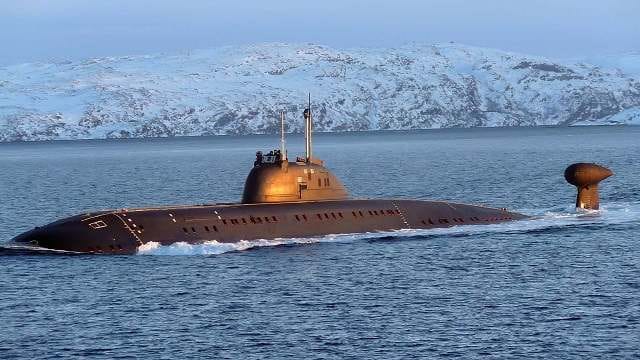Operation Atrina: The Real Hunt for Red October!

From 1945 onward, both the Americans and the Soviets started incorporating German-inspired technology into their own submarine designs. The Soviets, in true Soviet fashion, started mass producing new submarine classes.
The Americans lagged behind in production output but made sure to study German sonar arrays (passive and active) and hydrophones. The US Navy fielded fewer subs, but they were quieter and had much better “ears”! The USN retained this qualitative edge for most of the Cold War.
The Soviet Navy fielded many submarines, often noisy and with sub-par sensors, but fast, able to dive deeper than their Western counterparts and highly automated. The Americans fielded fewer machines, but of much higher quality, silent, equipped with world-beating sensor suites and manned by professionals.
That could have been it. However…
Improvements in Soviet Submarine Technology
While Soviet shipyards churned out submarines at a terrifying rate, the quality of said submarines also improved gradually as time went by. Introduced in the late 1970s, the Shchuka (Victor III) nuclear-powered attack submarines were much quieter than previous Soviet subs. Moscow had high hopes for those, and in March 1987, the Soviet Navy launched Operation Atrina: five Victor III submarines belonging to the 33rd submarine division of Polyarnyy put to sea at once. They first triggered the SOSUS line near the UK then vanished! Both Washington and London were alarmed: Why would Moscow simultaneously deploy five of its best submarines?!
A massive Western ASW response was triggered: one British aircraft carrier (HMS Illustrious) and several other RN vessels alongside RAF Nimrods, three USN aircraft carriers, and six USN attack submarines were all deployed in search of the red submarines.
The Hunt Across the Atlantic
The Brits and Americans first looked for the Soviet subs near the Mediterranean entrance before realizing they were actually crossing the Atlantic! Never had the Soviets dared to deploy en-force near the US East Coast since the Cuban Missile Crisis. What were the Soviets doing? Well, they wanted to test two theories: one, they wanted to know if their best submarines could evade pursuit after having been detected. They also wanted to test the theory that American boomers were hiding in the Sargasso Sea.
It took the British and the Americans eight days to find four out of the five Victors. During that time, the British Nimrods used an entire year’s worth of sonobuoy supply!
The Mystery of the Fifth Victor
What about the fifth Victor, then? Well, it depends on who you ask. The British say they eventually found it. They claim it was better maintained and much better sailed than the other four. The Soviet captain was also bolder and sailed his ship more aggressively and more silently than his colleagues. A Trafalgar class sub finally tracked him down but had to stay perilously close to keep in contact, close enough to be detected by his adversary. As for the Soviet version of the story, it says the fifth Victor remained undetected.
The Fall of the Soviet Navy and Aftermath
By 1989, the Soviet Navy fielded 349 submarines in total! The British feared that in case of a war, they could actually run out of torpedoes before managing to sink all the Soviet subs. However, out of those 349 Soviet submarines, only 35 were of the latest modern and silent models. Still, that handful of modern Soviet submarines were causing all kinds of trouble for the West and closing the qualitative gap. The same year, in 1989, seven of them were known to be at sea but neither the US Navy nor the Royal Navy could find them.
This was the swan song of the red navy, though. The Soviets never closed the qualitative gap: they ran out of money and time. They were already running on fumes in 1989, and the Union itself would crumble under its own weight two years later, in 1991.
Russian Submarines in the Modern Era
However, the story isn’t over just yet. While the Russian Navy (and Russian shipyards) never really recovered from the fall of the Soviet Union (as far as surface vessels go), Russia somehow managed to retain the shipyards, skilled manpower, design bureaus, and expertise necessary to design, produce, and field modern submarines close to what the best the West has to offer. By 2020, Russian submarine activity was at its highest since the end of the Cold War.
-RBM









